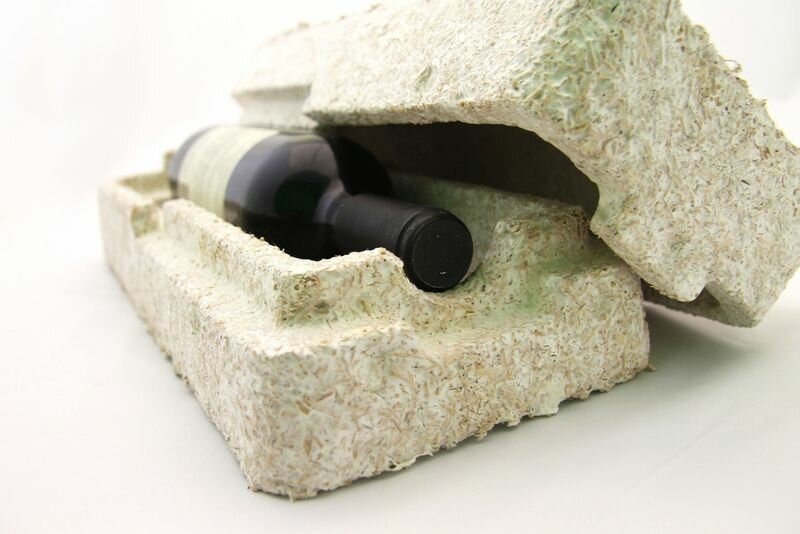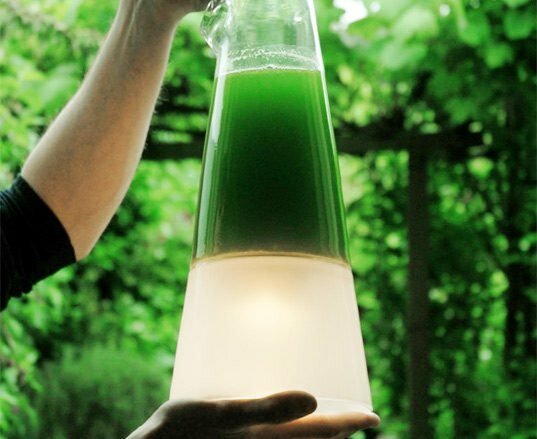Society is increasingly trying not to subjugate nature, but, on the contrary, to learn from it. With knowledge of the properties of certain organisms, we can revolutionize design. For example, grow bulletproof leather and create lamps with an alternative way of getting light.
BioDesign
Biodesign is associated with the design of hybrid forms of living organisms and modern technologies in order to enhance certain properties of organisms and increase their chances of survival.
In many ways, the task of a biodesigner is to address the challenges posed by the impending climate crisis. The field of biodesign cannot be imagined without the interaction between designers and scientists who know how the body works at the molecular level.
On the one hand, the question arises whether we have the right to interfere with the life of other living beings and transform it; on the other hand, biodesign, in theory, is guided by noble ideas and is looking for ways to make life easier (not only for people, but also for other living organisms) in extreme conditions.
Researchers and designers are studying the properties of various microorganisms, which are the first to develop cunning mechanisms for adapting to new conditions. For example, inside nuclear reactors, scientists found microbes that were able to protect and restore their DNA, despite the huge doses of radiation. Studying and using such a defense mechanism could help scientists looking for a cure for cancer. Another representative of superhero microorganisms managed to survive, being on the ISS hull for 553 days and overcoming the space cold. For biodesigners, such discoveries are a real find, given that the human genome is 90% composed of cells of symbiotic microbes. That is, theoretically, we can “add” tiny neighbors to ourselves and get some of their super-abilities.
Biodesign is not equal to biomimicry.
The term “biomimicry” denotes an approach when the design borrows or copies the principles observed in nature. Biologist Janine Benjus detailed the main ideas of this approach in her 1997 book. One problem with the term biomimicry is that it is used too widely. Often, in such a design, the connection with nature is limited only to the imitation of form or material for a symbolic, decorative effect. That is, the form turns out to be divorced from the idea of biodesign — to live in harmony with existing ecosystems.
Examples:
BioConcrete
This experimental technology was invented by Henk Jonkers. Bioconcrete contains bacteria of the Sporosarcina pasteurii species, which naturally produce limestone under suitable conditions. Before the bio-concrete hardens, bacteria are mixed with nutrients. Over time, as the concrete structure begins to crack, bacteria will help fill them, producing limestone. This hybrid material extends the life of the man-made technology, reduces maintenance costs and minimizes the carbon footprint. Since concrete is one of the most common building materials, the use of technology improved in this way will help to significantly reduce the harmful human impact on the environment.

Botany as architecture
The architecture technique, invented by Ferdinand Ludwig, Cornelius Hackenbracht and Oliver Storz of the University of Stuttgart, involves the use of trees as a supporting structure. For this purpose, species with strong trunks and a root system, such as willow, are suitable. Moreover, the branches and trunks in such a structure will only become stronger over time. It is important for the authors of the idea to emphasize that architecture is not static, it is also subject to change and transformation, like all elements of nature around.

EcoCradle
This packaging material was developed by the American company Ecovative Design as an alternative to containers made from petroleum products and polluting the environment. The basis of EcoCradle (from the English cradle – tray, stand, frame) is mycelium (or mycelium), which is characterized by a rather dense structure. To create such eco-containers, you can use waste from the local agro-industry.

A microbial home
The concept of a microbial home was invented by the Dutch subsidiary of Philips. We can say this is a version of a smart home in which all the work is done and coordinated by microbes, bacteria and fungi. Thanks to them, devices for heating, cooling and growing food, as well as processing food waste, function. They all make up a closed ecosystem. For example, an apparatus for bio-processing of methane helps to solve the problem of recycling food waste and at the same time produces gas, due to which the stove operates.
LatroLamp
An experimental lamp design by Mike Thompson illustrates an alternative way of producing light. In this case, it is generated using gold nanoelectrodes, into which algae cells have been implanted. So, thanks to photosynthesis, we get current.

In addition, Yalila Essaidi is an artist, designer and researcher who invented and created bulletproof leather. It is a hybrid of human skin and spider filament: